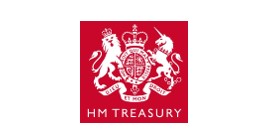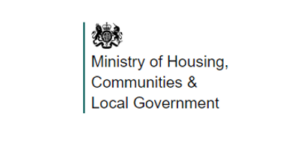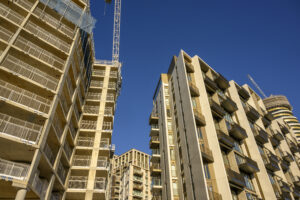The Ministry of Housing, Communities and Local Government (MHCLG) has published the Government’s response to the building safety levy technical consultation which ran from 23 January 2024 to 20 February 2024.
The key design elements of the levy arising from the consultation response include:
– the process for calculation and collection of the levy,
– the use of Gross Internal Area to measure floorspace for the purposes of calculating levy liability,
– the approach to identifying brownfield land that will qualify for the discount rate,
– the levy disputes process, and
– confirming further types of accommodation that will be subject to exclusion.
The consultation response can be found here: Building Safety Levy: technical consultation – GOV.UK
Ministers have now determined that the levy will now come into effect in Autumn 2026. This will give the relevant local authorities, the Building Safety Regulator and Registered Building Control Approvers more time to prepare for the levy; and housing developers who will pay the levy will also have more time to factor levy costs into their financial planning.
The Government has also announced the levy rates for local authorities, that will be applied when the levy comes into force. These levy rates will be set in regulations and are subject to parliamentary agreement of the levy secondary legislation, which will be laid later this year. Levy rates for each local authority area are set using average house prices for that area, so the levy rate is highest in those areas with the highest house prices, and lowest in those areas with the lowest house prices.
A discounted rate of 50% of the standard levy rate has been set for works on previously developed (sometimes known as ‘brownfield’) land, to reflect the higher cost of building on this type of land. The levy will be charged per square-metre of floorspace in a chargeable development. The rates are therefore set per square-metre.
Further information on the levy will be available later this year when regulations are laid in Parliament and related interim guidance is published.
Other levy design features remain as previously announced: the levy will be charged on new dwellings and purpose-built student accommodation in England, and must be paid before a completion certificate can be issued. Exemptions are provided for affordable housing, developments of fewer than 10 units and other important community facilities.
Local authorities with building control responsibilities will act as collection authorities for the levy.





